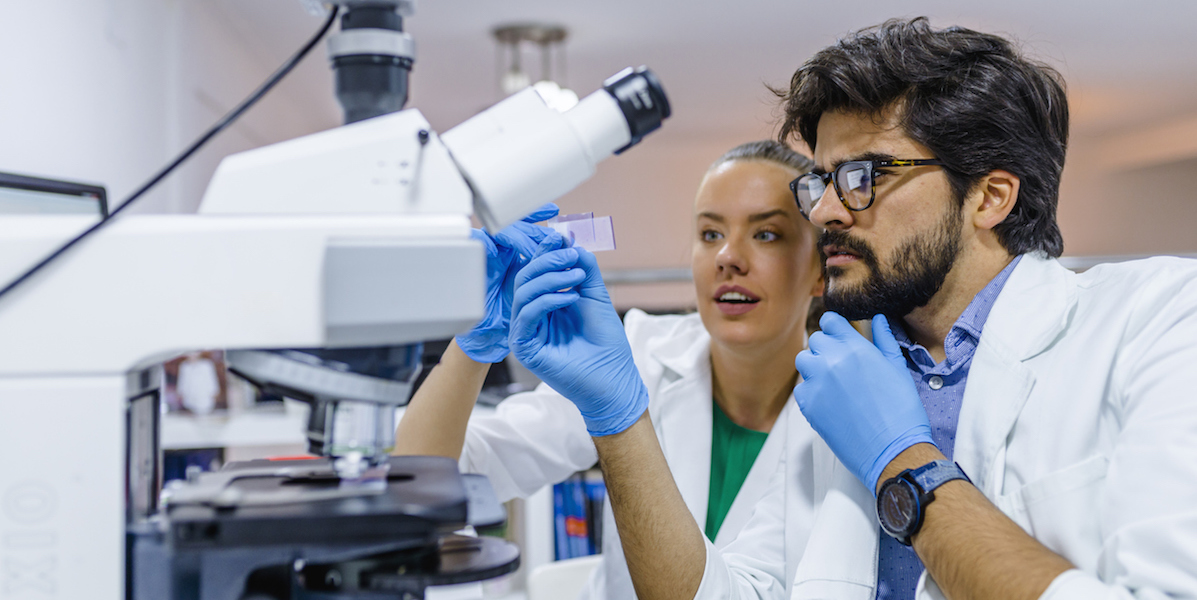IC and Chronic Overlapping Pain Conditions
It’s not unusual for patients with IC and chronic prostatitis (aka urological chronic pelvic pain syndromes) to struggle with other pain conditions, such as fibromyalgia, chronic fatigue, vulvodynia, IBS and TMJ. A growing body of research suggests this may be due to changes in the central nervous system. To further this research, the MAPP Research Network compared patients with urologic chronic pelvic pain (IC & chronic prostatitis) to those with chronic overlapping pain conditions (without pelvic pain) and to healthy controls.
Participants with pelvic pain had more urologic symptoms than non-urologic COPCs or healthy controls. Participants with non-urological COPCs reported more widespread pain than those with pelvic pain, yet both groups had similarly increased symptoms of anxiety, depression, negative affect and perceived stress as well as lower levels of extraversion than healthy controls. Participants with pelvic pain and without COPCs reported more catastrophizing than those with non-urological COPCs.
One remarkable finding is patients with overlapping pain conditions had significantly worse urinary symptoms when compared to controls — higher than groups in which urological problems are common (i.e., patients over the age of 70). The authors suggest these patients may benefit from a comprehensive diagnostic assessment to evaluate urinary symptoms.
This study also demonstrated that patients with pelvic pain have higher levels of catastrophizing than other pain conditions due, likely, to the greater burden of pelvic pain. Pain accompanied by anxiety and stress is intensified by the mid-brain. Catastrophizing is associated with a poorer quality of life and poorer pain outcomes. Therapies that focus on reducing anxiety and catastrophizing, such as anti-depressants and cognitive behavioral therapy, may be helpful. Mind-body medicine (mindfulness) will help calm the central nervous system, improving functioning and quality of life.
This was the largest study to date comparing pelvic pain disorders with overlapping pain conditions. Further research is needed, particularly into the role of catastrophizing and how that may worsen painful conditions and pain processing. (1)
The Role of Fungal Infections
The MAPP Research Network was the first to find chronic fungal infection in some IC patients who were flaring. In a new study, researchers looked at 504 urine samples from 202 females and identified 13 unique fungal species. The type of fungus found didn’t seem to have an impact on patients’ flare status or pain severity. However, patients with more severe urinary symptoms were more likely to have multiple fungi in their urine. Overall, the most common were Candida and Malassezia. The conclusion was that patients with more severe symptoms could be associated with fungi in their urine. More urologists are now turning to Next Generation DNA Urine Testing to identify fungal infections. (2)
Does Exercise Improve IC Symptoms?
While it certainly makes sense that exercise would improve our health, does it also improve our urinary symptoms? The MAPP Research Network says yes. Previous studies established that animals placed in stressful situations developed urinary frequency and had increased pain sensitivity in their bladders. In this latest study, one group of rats were sedentary while the other was able to voluntarily exercise. The rats who exercised had improved urinary symptoms as well as lower bladder pain sensitivity. (3) A second study sought to determine how exercise affected the brain. Rats who exercised had lower cerebral blood flow to the area of the brain that communicates bladder sensation. The researchers concluded that exercise could be an effective adjunct therapy for helping pelvic pain patients with urinary symptoms.(4)
References
- Afari N, et. al. A MAPP Network Case-control Study of Urological Chronic Pelvic Pain Compared With Nonurological Pain Conditions. Clin J Pain. Jan. 2020 Volume 36, No. 1.
- Nickel JC, et. al. Urinary fungi associated with urinary symptom severity among women with interstitial cystitis/bladder pain syndrome (IC/BPS). World J Urol. Feb. 2020 Volume 38, No. 2.
- Sanford MT, et. al. Voluntary exercise improves voiding function and bladder hyperalgesia in an animal model of stress-induced visceral hypersensitivity: A multidisciplinary approach to the study of urologic chronic pelvic pain syndrome research network study. Neurourol Urodyn. Feb. 2020 Volume 39, No. 2.
- Holschneider DP, et. al. Exercise modulates neuronal activation in the micturition circuit of chronically stressed rats: A multidisciplinary approach to the study of urologic chronic pelvic pain syndrome (MAPP) research network study. Physiol Behav. March 1, 2020.

